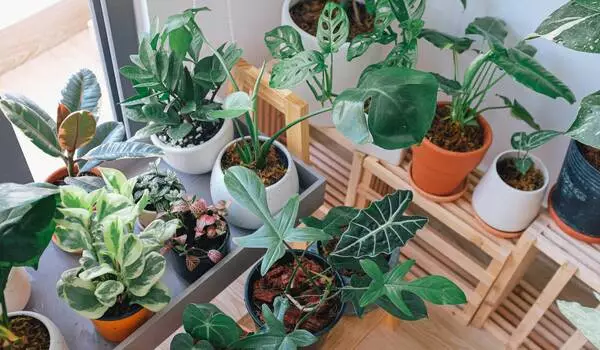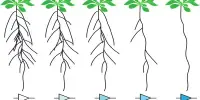Many people may be inconvenienced by the forthcoming “fallback” in daylight saving time, but new research from Michigan State University scientists shows that plants have discovered methods to adapt.
MSU College of Natural Science faculty members Tom Sharkey and Yair Shachar-Hill and their team demonstrated in a paper published in the journal Plant Physiology that plants have multiple fine-tuned systems to deal with varying day lengths, which could help to develop new crop varieties that can grow in a wider range of climates.
“I’m fascinated with the question, ‘Does photosynthesis limit plant growth or does plant growth limit photosynthesis?'” Sharkey went on to say.
Sharkey is a University Distinguished Professor in the Department of Biochemistry and Molecular Biology, or BMB, as well as a member of the MSU-DOE Plant Research Laboratory.

“And from that base question,” Sharkey went on to explain, “we wanted to know how growth would be affected if we further reduced the amount of light plants accustomed to shorter days had.”
Adaptive mechanisms found through collaboration: A team of MSU researchers led by Sharkey and Shachar-Hill, a professor in the Department of Plant Biology, researched Camelina sativa, a model oilseed crop, utilizing the Mass Spectrometry and Metabolomics Core on MSU’s campus to better understand how plants adapt to varying day lengths.
Their conclusion: plants have adapted to adjust how they use energy according to the amount of sunlight they receive.
The researchers discovered that when the days shorten, plants have less time to photosynthesize, so they must be more efficient with the sunlight they do receive. Plants accomplish this by boosting the photosynthetic rate and decreasing the respiration rate. They also put more effort into their shoots, where photosynthesis occurs.
Plants also store more sugar as starch during the day as an additional strategy to ensure that they have energy to use during the longer night. They also limit the exchange of metabolites between vacuoles and other cellular compartments, which aids in the maintenance of carbon balance during the night.
“MSU was the ideal place for this research because of the range of experts with which to collaborate,” said Sharkey, who is also a Plant Resilience Institute faculty member.
Collaboration with Yuan Xu and Xinyu Fu, research associates at the MSU-DOE PRL and the Sharkey and Shachar-Hill labs, as well as Sean Weise, an instructor in BMB, and Abubakar Koroma, a researcher in the Department of Plant Biology, aided the research.
Solutions for food system challenges: The findings of this study contribute to the college’s ongoing efforts to identify solutions to the difficulties confronting our global food system. The findings could lead to new crop varieties that are more productive and robust to changes in weather or shifting growing zones as we learn more about plant biology.
“Our findings may point the way to improved plant growth,” Sharkey said in a statement. “If we can identify the tricks the short-day plants use to almost keep up with the long-day plants, we might be able to make long-day plants even better.”
















